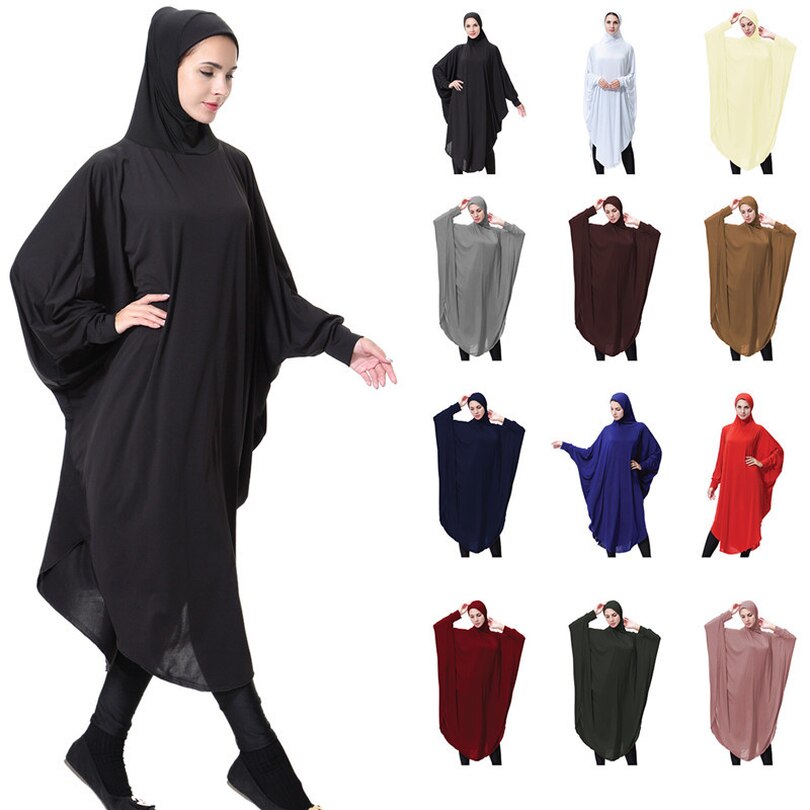The way of dress of Muslims has attracted extraordinary consideration in late years, with certain gatherings recommending that limitations on the dress are disparaging or controlling, particularly to ladies. Modest dressing alludes to a design pattern in ladies wearing less skin-uncovering garments, particularly in a way that fulfills their otherworldly and complex necessities for reasons of confidence, religion or individual inclination. The precise elucidation of 'unassuming' differs crosswise over societies and nations. For the modest dressing, you can visit many sites that will help you just as Under Armour and Calvin Klein. As the heavenly month of Ramadan moves toward its end, Muslims around the globe have begun getting ready for their yearly festivals of Eid-ul-Fitr. This Eid sees Ramadan's finish and the beginning of Shawwal's new moon place.
Muslims start this event with the Eid petitions in the first part of the day. Culture has its style and feeling of dressing and, as shown by its similarities, can also vary from individual to individual. For example in Pakistan men and ladies wear their conventional Salwar Kameez. Ladies are wearing their uniform (Kebaya) and hijab (Kerudung) in Indonesia. Though in the West, Muslims are from various social foundations and there is certainly not a typical style, individuals frequently wear an outfit from another Muslim culture other than their own.
How Muslims Dress Up on Eid Day
1-Women in Palestine wear a mind-boggling red string and miniature mirror-designed clothing. The product is called "Thube."
2-Muslim children in Kosovo participating in supplication during Eid festivity wear dark petticoats enriched with gold strings and ties.
3. Malaysian ladies welcome each other on Eid-ul-Fitr enhanced in brilliant hued headscarves (hijab) and long outfits.
4. In China, ladies celebrate Eid-ul Fitr, for example, in traditional Muslim dress, headscarf (hijab) and veil.
First Requirement
Body parts to be protected for women: in general, subtlety requirements allow a woman to cover her body, particularly her head. Many Muslims interpret this as requiring headcovers for women, but some Muslim women, especially those from continually maintaining parts of Islam, spread the whole body, including the material of possible hands,
For Men
The base means that the body is between the navel and the knee to be confirmed. It should be noticed, though, that under situations where it triggers attention, and exposed chest, would be opposed.
Second Requirement
Looseness, Islam deals with that piece of clothing, which must be fairly free so that the state of the body is not planned or viewed. For the two people, skin-tight, body-grabbing clothing items are demoralizing. When outside, a few women wear a thin cover over their clothing as an invaluable technique to conceal the bodily curves.
Third Requirement
Thickness, for men or women, clear articles of garments are not unpretentious. The pieces of clothing must be sufficiently dense with the intention that the color of the skin it exposes is not self-evident, nor the underlying condition of the body.
Fourth Requirement
Overall Appearance The individual's physical presence should be professional and unpretentious. Sparkly, conspicuous apparel can meet the above criteria for displaying the skin, however, it negates the intent of far and wide inconspicuousness and is dispirited along these lines.
Fifth Requirement
Decent but not flashy clothes worn by Muslims should be unblemished and equal to the norm, neither luxurious nor battered duplication. One should not dress in a way that is expected to receive certain people's respect or sympathy.
Past the Clothing
The Islamic wear for attitudes and etiquette is by and large one bit of silence. Most importantly, in lead, propensities, chat, and presence out in the open, one must be unassuming. The dress is only a single part of the ultimate being and one that depends on what can be reached within the heart of a human.
Conclusion
The way of dress of Muslims has attracted extraordinary consideration in late years, with certain gatherings recommending that confinements on the dress are belittling or controlling, particularly to ladies. Some European nations have even endeavored to ban certain parts of Islamic dress traditions, for example, covering the face in broad daylight. Muslims by and large don't disdain the limitations set on their dress by their religion and most see it as a glad explanation of their confidence.

